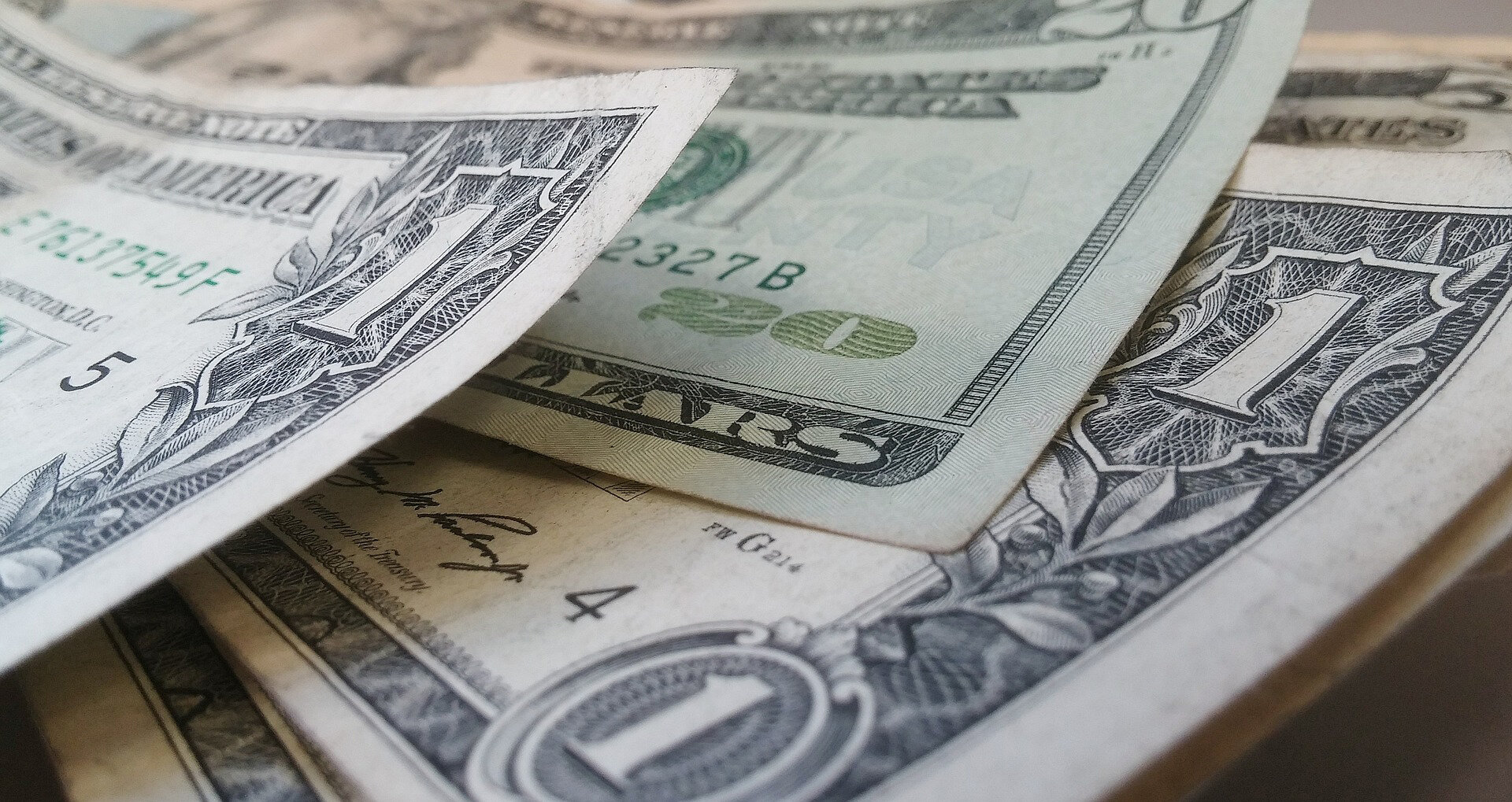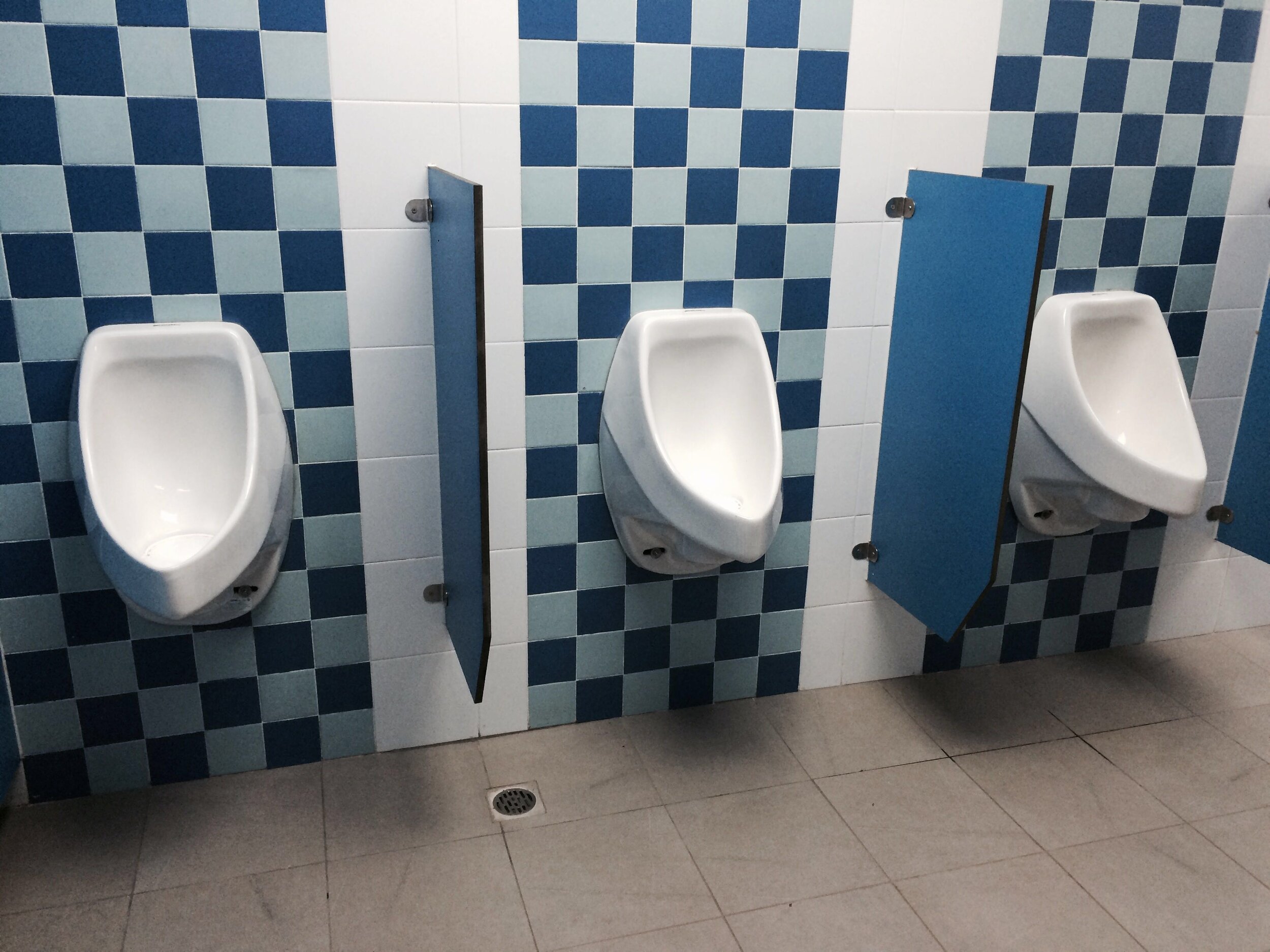Putting Waterless Urinals to the Water Savings Test
Grappling with constant droughts, dry conditions, and a growing student population, in 2008, the Arizona School Facilities Board decided it was time to consider switching out the old water-using urinals in their schools and installing no-water or waterless urinals. However, they had to make sure this switch would save them enough water to be warranted.
Further, they had to take their findings up the ladder to the Arizona State Legislator. The legislators would want to know not only if this would help the schools reduce water consumption, but if it was worth the money.
To analyze the situation, the Arizona School Facilities Board created a spreadsheet. Six different schools in the state were selected. These were of varying sizes and student populations. Below is a replica of their spreadsheet:
Notes on the analysis:
The number of students in each school and the number of males students in each school are based on how many students the schools are designed to accommodate. The actual numbers may be higher or lower.
The number of flushes per day are estimates.
Based on this analysis, these six schools would save 833,810 gallons of water annually.
Based on water charges at the time, it was further estimated that the pay-back period, otherwise known as the return on the investment, would be about two years.
Switching to waterless urinals, according to the analysis, would save these schools approximately $209,628 per year based on water charges at that the time.
As a result of this analysis, the Arizona School Facilities Board has become a very vocal proponent of installing waterless urinals. Additionally, because of this study, the state has since passed laws requiring almost all new and renovated schools in the state install waterless urinals. Further, they have extended this policy to almost all public buildings throughout the state of Arizona.































